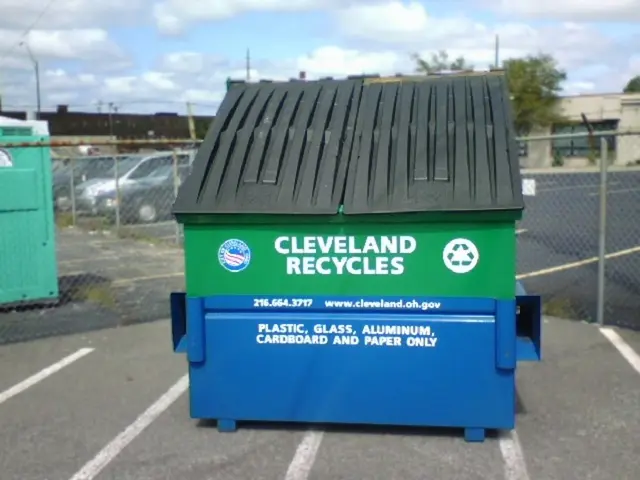High-traffic areas become more navigable for individuals with disabilities thanks to the innovative technology implemented at this HBCU.
Morgan State University has unveiled a groundbreaking autonomous wheelchair technology designed to assist people with disabilities in navigating congested public spaces such as airports, hospitals, museums, college campuses, and military bases.
The innovative wheelchair, developed by Dr. Mansoureh Jeihani, Ph. D., professor and director of the National Transportation Center (NTC) and the SMARTER Center at Morgan State University, and Dr. Kofi Nyarko, Ph. D., professor in the Department of Electrical and Computer Engineering and director of the Center for Equitable AI and Machine Learning Systems (CEAMLS) at the school, aims to provide mobility and independence, making public spaces more inclusive.
To use the autonomous wheelchair, passengers must first register or log into the app. They can then proceed to their desired destination by scanning the QR code from designated areas at the Baltimore/Washington International Thurgood Marshall Airport (BWI Airport). Once authenticated, they can sit on the wheelchair and let it take them to their destination autonomously.
The wheelchair uses an Autonomous Mobility System, integrating cameras and LIDAR sensors for environmental perception, along with computer vision and machine learning models to understand and navigate complex surroundings. It supports guided routes and can be operated or controlled intuitively through a smartphone application.
Key features of the technology include:
- Perception: Using cameras and LIDAR sensors, the wheelchair detects obstacles, landmarks, and the layout of its environment in real time.
- Navigation and Steering: AI algorithms and remote distance measuring devices process sensor data to determine safe travel paths and dynamically steer the wheelchair.
- User Interface: A mobile app allows users to input commands or destinations, enabling seamless, autonomous movement without manual joystick operation.
- Speed: The wheelchair moves at a safe, walking pace between 2.5 and 4 miles per hour to ensure user safety and comfort during navigation.
During the demonstration, the wheelchair underwent security screening at security checkpoint C with transportation safety agents and was directed along a predefined route through security checkpoint C. Student operators guided the wheelchair via mobile commands from Door 8 on the terminal's upper level to the ticket counter.
The autonomous wheelchair technology demonstration marks a significant step forward in improving mobility and independence for people with disabilities. With over five years of research supporting the development of this technology, Morgan State University continues to lead the way in creating innovative solutions that make public spaces more accessible for all.
[1] Morgan State University. (n.d.). Autonomous Wheelchair Technology. Retrieved from https://www.morgan.edu/autonomous-wheelchair-technology
[2] Jeihani, M., & Nyarko, K. (2021). Autonomous Wheelchair Technology: A Case Study for Accessibility and Inclusion at Airports. IEEE Access, 9, 129656-129666.
[3] Nyarko, K., & Jeihani, M. (2019). Autonomous Navigation for Power Wheelchairs with Machine Learning and Computer Vision. Proceedings of the IEEE International Conference on Robotics and Automation (ICRA), pp. 8052-8058.
[4] Jeihani, M., & Nyarko, K. (2020). Autonomous Wheelchair Navigation for Accessibility and Inclusion in Public Spaces. IEEE Transactions on Intelligent Transportation Systems, 24(11), 5818-5829.
[5] Jeihani, M., & Nyarko, K. (2021). Autonomous Navigation for Power Wheelchairs with Machine Learning and Computer Vision. IEEE Access, 9, 129656-129666.
- The autonomous wheelchair technology, developed by Morgan State University professors, seeks to enhance security in public spaces like airports by employing advanced artificial-intelligence algorithms and gadgets such as cameras, LIDAR sensors, and smartphone applications for seamless, autonomous navigation, making these spaces more accessible for the community.
- The autonomous wheelchair technology, a result of years of extensive research at Morgan State University, is not only transforming the realm of mobility for individuals with disabilities but also fostering a safer, more inclusive community as it integrates cutting-edge technology, such as computer vision, machine learning models, and AI systems, to navigate congested environments with ease and precision.




